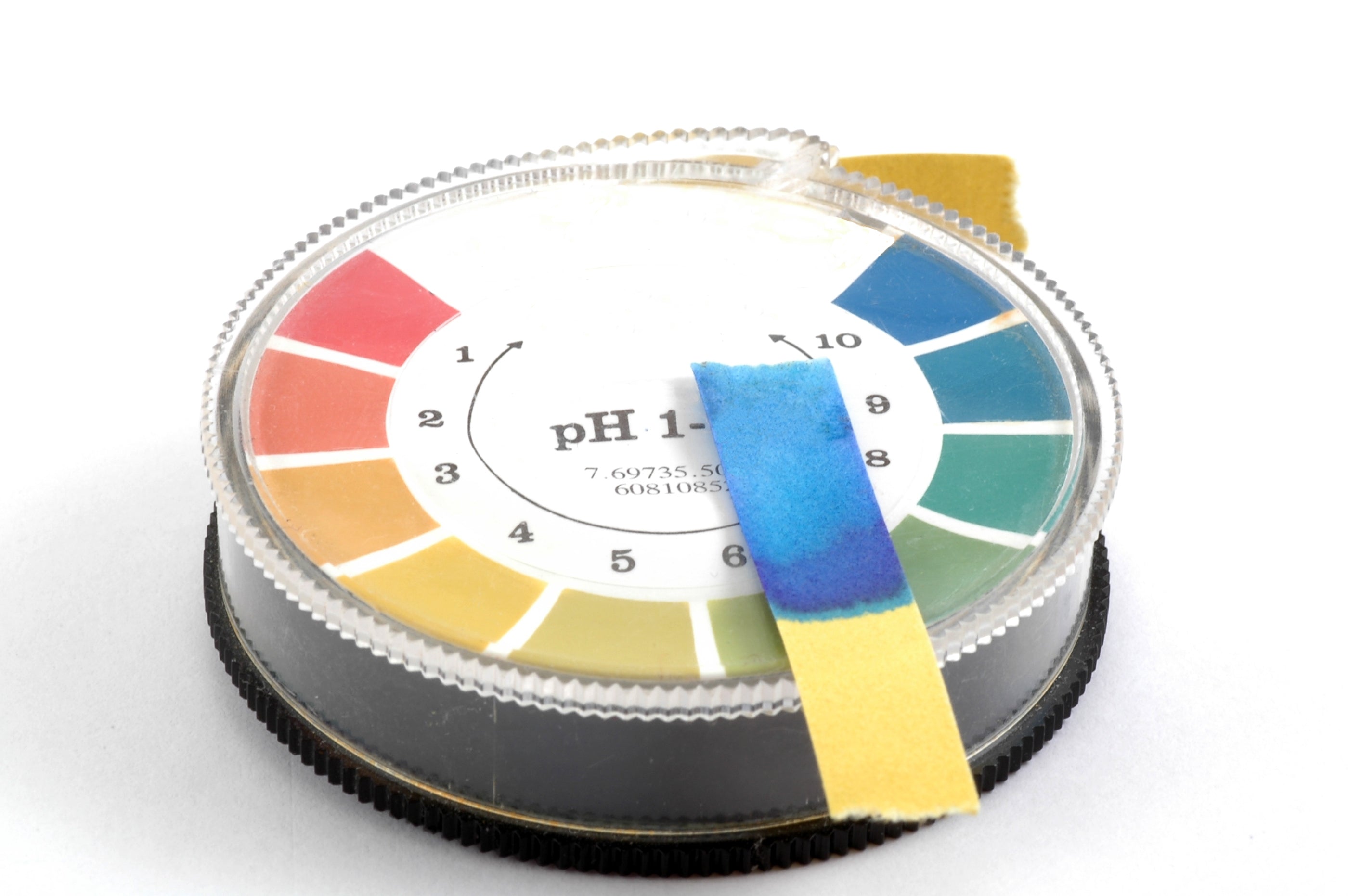Wick System Hydroponics Explained and How to Build
Wick System Hydroponics: An Easy Guide to Both Understanding and DIY
Wick systems are typically considered to be one of the easiest types of hydroponic systems, and most people can grow plants using this system quite easily. It is a great way to start to learn about hydroponics. This system does not need an aerator, pump, or electricity. In Wick system hydroponics, plants are placed in a growing medium, such as perlite or vermiculite, and nylon wicks that go into the nutrient solution are put around the plants. The nutrient solution travels up the wicks and soaks the growing mediums around the roots of the plants. Wicks are typically made from cotton rope, nylon, string, or felt. This type of hydroponics is known as ‘passive’ because there are no mechanical parts, such as a water pump, needed to make it work. If you want to start a hydroponic garden in a place where electricity is not available or is unreliable, this can be a good technique. In this article, we will cover everything you need to know about Wick system hydroponics, including building your own DIY Wick system.
In Wick system hydroponics, the technique that makes the wick work is called ‘capillary action’. The wick absorbs the nutrient solution, then transfers this once it contacts the growing medium. The growing medium does need to be porous to allow the water transfer to take place. Growing mediums such as coco coir, perlite, and vermiculite can be good mediums to use because they work well with the wick without becoming too wet themselves. When plants need some nutrients, they’ll simply absorb some from the wick. One of the benefits of this system, as well as it being inexpensive and not needing much maintenance, is that the amount of nutrients your plants get is self-regulated. If they need a lot of nutrients and water, then it will give them more.
While this type of hydroponic system is fairly simple, it can’t get vast amounts of nutrients to plants, so it’s most suited to small plants and herbs. You wouldn’t want to try to grow peppers or tomatoes using this method because they need a lot of nutrients to grow and take in more nutrients than wicks could give them. Wick systems also don’t give every nutrient your plants need evenly, and mineral salts can build up, so if you decide to use this technique, then it’s a good idea to flush nutrients with fresh water every two weeks. While you don’t need aeration to use the Wick system, some people choose to include an air stone and pump to add extra oxygen.
These systems are easy to set up and maintain, and once you’ve set it up, you don’t need to do much. If you’re a beginner to hydroponics, then this can be a good system to start with. There is very little cost involved, the set up process is not complicated, and you don’t need any experience at all for this to work well. It’s a nice way for anyone interested in hydroponics to start out with. Wick systems can be used even in small spaces.
Wick systems are great for growing lettuce and herbs, such as basil, comfrey, chicory, oregano, thyme, rosemary, and mint. They wouldn’t be suitable for tomato plants because these need a lot of nutrients and a lot of water. Root vegetables would not do well in such a moist environment. Wick systems are susceptible to being humid and damp, and this can cause fungus and rot. If the wicks aren’t placed close enough to the plants roots or if they aren’t maintained properly, then the plants can die.

Building a Wick System
As mentioned previously, Wick systems are one of the easiest hydroponic systems you can use. They’re easy to build, use, and maintain. They’re also inexpensive to set up. If you’re new to hydroponics, it’s a great introduction to this exciting hobby and a great start to creating a sustainable lifestyle.
To build your own Wick system you will need:
- A reservoir.
- A growing bucket for your plants—ideally it should be dark in order to prevent algae growth.
- Growing medium to go in the net pot. Coco coir, perlite, and vermiculite are best for this. You could also have some hydroton pebbles to top off the plants.
- Nutrient solution, it will be held in a container or bucket—known as a reservoir.
- Wick material: old clothes, rope, felt, or string work well for this, you usually need about 2–3ft and it should be about 1 inch thick.
- ¾-inch drill bit.
- Electric drill.
- Air pump and air stones, these are optional, but will help to aerate the water. If money is tight, you can try to go without them. But, if you can afford to get these over time, then you could add them in later.
- Digital meters to measure EC and pH levels.
The wick will suck up water and nutrients from the reservoir to your plants when they need them. Ideal plants to start out with this system are lettuce, leafy greens, and herbs.
With your wick, a top bit of advice is to wash the wick before you use it, this will help it perform better. Depending on the how big your Wick system is, you will likely need 2–4 wicks. The water shouldn’t need to travel too far, and the wick will perform better if this is the case.
Your reservoir should be big enough to fit the plants you want to grow. You do need to ensure the reservoir is topped up with nutrient solution because the wick should always be in the solution, it should never be hanging above the water level.
You don’t have to use an air pump, but it can only help to do so. It will help provide more oxygen for your plants, which will help them to grow and thrive, and it will stop the nutrients from sinking to the bottom of the reservoir as well.
The growing medium you select needs to hold moisture and you need to ensure that your wick works with it. Perlite, vermiculite, and coconut coir work well in Wick systems. If your wick rapidly soaks up nutrients, you could add a larger growing medium, like expanded clay pellets (hydroton), so that your plants aren’t overwatered.
Instructions
- Use a 3-gallon bucket and make a ¾-inch hole in the bottom center of the bucket. This is what your plants will grow in.
- Fill the reservoir with nutrient solution. This should sit just below the bucket. Keep one jug full of the nutrient solution to one side (you will use this at the end).
- Insert a wick through the hole in the bucket, and ensure the wick reaches the bottom of the reservoir. There should be 1 foot inside your growing bucket, and 2 feet in the reservoir. You could use nylon rope, wool rope, braided PU yarn, propylene strips, mophead strips, or strips from old clothes or blankets.
- Put a growing medium into the growing bucket and ensure it is 2/3 full.
- Put plants into the growing bucket and make sure that wicks are close to the plant roots.
- Top the final third of the growing bucket with more growing medium or hydroton pebbles.
- Place the growing bucket into the reservoir.
- Once your plants are in place, water around the plant with the jug full of nutrient solution, this will stop the surrounding growing medium from drawing out the moisture from the roots.
- If you have decided to use an air pump or air stones, then you can feed in pipes into your reservoir to add in oxygen. Black tubing is preferable to clear to prevent algae.
If you decide to use a growing bucket larger than 3 gallons, then you will need to use more wicks. When you harvest plants, rinse off the growing medium to get rid of any salt that may have built up. You can use digital meters to measure EC and pH levels.
It is possible that once you start out with this system, you will learn the ropes of hydroponics quite quickly and will want to try something a little bit more complex to grow a greater variety of fresh produce. But it’s a great way to learn, without hardly any expense, just using household items.
Sometimes a Wick system can be as much about being inventive and creative and recycling the materials you already have to hand as anything else! You can use glass bottles, plastic pop bottles, buckets, Tupperware, and so on.
For more great content check out the Proponics YouTube channel below!

By Max Barnes
Max Barnes is a long-time homesteader and author. Max grows the majority of his own food year-round using a variety of different methods, including hydroponics. Hydroponic gardening plays a huge part in his homestead and self-sufficiency goals.




